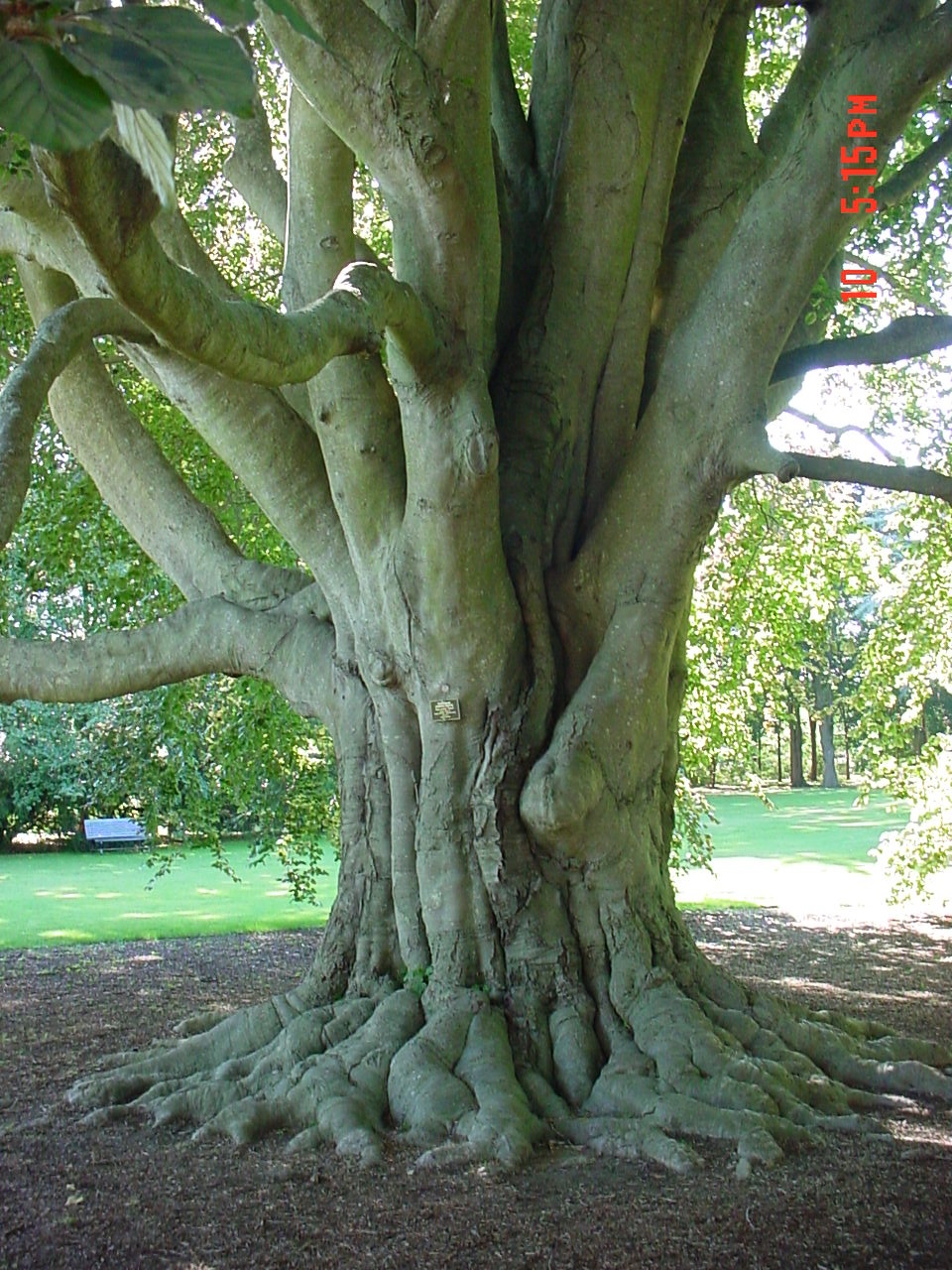Trees growing in our urban environments face a lot of stress from both natural and unnatural causes. While every tree is at risk from drought, insects and disease, our city trees also have unique problems that contribute to their early demise. Factors such as pollution, soil compaction, construction damage and heat radiation from pavement all play a role in the health and longevity of our neighborhood trees.
Trees in the forest are constantly adding organic materials to the soil by way of dropping leaves, while all too often we sacrifice natures process by cleaning up "leaf litter", and deplete our soil of natural nutrients. On top of that, trees in our urban forests are often competing directly with ground covers like grass, shrubs, and other ornamentals for water and nutrients, all of which can cause a site to become depleted prematurely and no longer provide the right balance of what it takes to support healthy trees.
Plant Growth Regulators are products that reduce top growth 40%-60% in many species of trees and plants over a three year period and provide excellent health benefits in the process.
As a tree service professional I know for a fact that there are numerous situations and health benefits for using plant growth regulators (PGRs):
- Trees too close to structures such as pools, decks, patios and sidewalks.
- Trees under powerlines.
- Trees blocking scenic views.
- High maintenance/fast growing trees.
PGRs are products that block the production of gibberellic acid (which is responsible for cell elongation in the shoots) and in turn redirect that energy from canopy growth to other functions such as enhanced defense chemicals, fibrous, feeder root production, and stored energy that results in healthier, more durable trees. PGRs can help dying, diseased, insect infested and overall declining trees not only stabilize, but in a lot of cases with the combination of biostimulant root innoculations, can actually reverse this process.
Other uses include: trees with construction injury/damaged roots, declining and older trees, trees that have been injured from insects or disease, trees stressed from drought, trees in planters/limited root area, longer pruning/mowing intervals. In addition, you will get thicker, greener leaves with more leaf hairs that enhance disease resistance (by preventing spores from reaching leaf surface and food source), enhanced root to shoot ratio resulting in a more drought tolerant plant (lowering your water bill), less maintenance costs due to longer pruning intervals and delayed sidewalk or pavement damage/repair from root growth.
Aesthetic Tree & Hedge Services has the experience, technology and proven techniques in place to solve some of the most difficult problems facing our trees and plants today.
